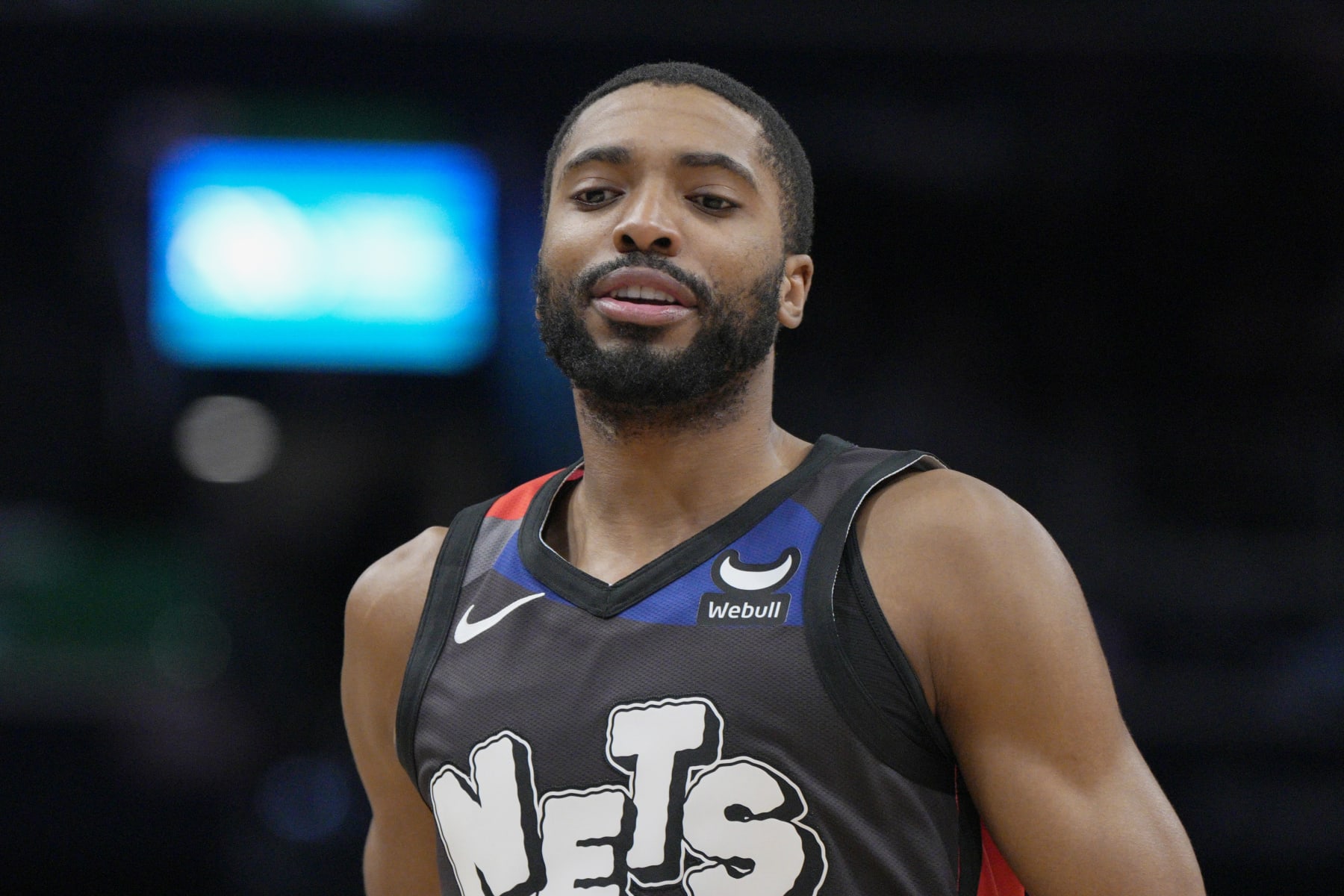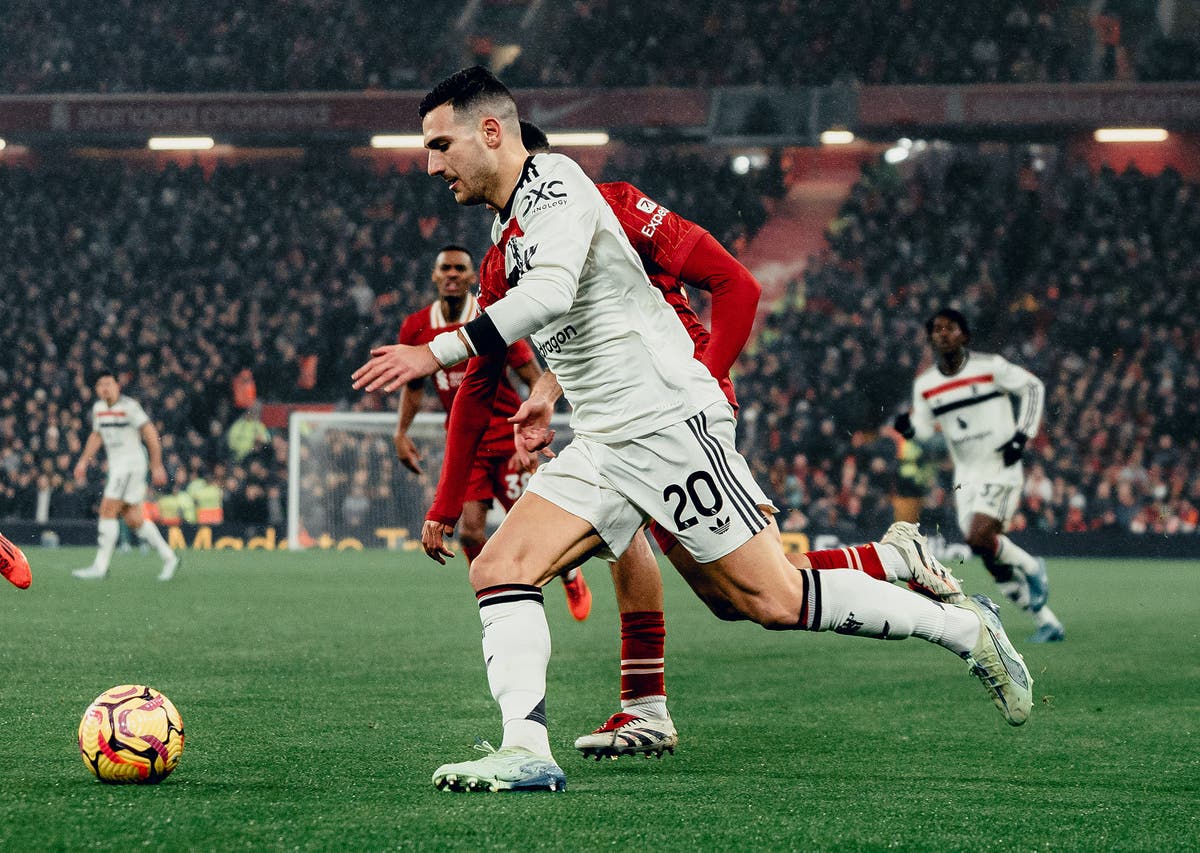The New York Knicks fell short in the postseason largely due to injuries. The Eastern Conference’s No. 2 seed was poised to make a splash this offseason as it looked to catch the Boston Celtics, and that slash came on Tuesday evening.
On the eve of the 2024 NBA draft, the Knicks agreed to a blockbuster trade to acquire Mikal Bridges from the cross-town rival Brooklyn Nets.
According to ESPN’s Adrian Wojnarowski, acquiring the 27-year-old will cost New York four unprotected first-round picks, a protected first-round pick from the Milwaukee Bucks, an unprotected pick swap, a second-round selection and Bojan Bogdanović.
In a vacuum, Bridges was always the best choice for the Knicks, who had also been linked to Los Angeles Clippers forward Paul George. New York was interested in acquiring George if he exercised his player option and demanded a trade, according to NBA insider Marc Stein (h/t Bleacher Report’s Jack Murray):
“Another trusted source has advised me to keep the Knicks on the list as a potential trade suitor for George if the All-NBA swingman indeed opts into the final season of his current contract at $48.8 million. That step would position George to push for a trade to another team.”
The issue with targeting George was that he’s roughly seven years older than Bridges and is seeking a new four-year contract, according to Stein (h/t Bleacher Report’s Joseph Zucker),
Bridges is under contract for two more seasons at a relatively reasonable rate—he’s set to earn $23.3 million next season. Assuming the Knicks can extend him, he’ll provide a much wider window than an aging George likely would have.
By making a move on Bridges instead of George, New York should retain the financial flexibility needed to re-sign OG Anunoby, who has reportedly declined his 2024-25 player option—and Isaiah Hartenstein.
Keeping both would be ideal, but Anunoby could take priority after the Knicks dealt RJ Barrett, Immanuel Quickley and a second-round pick to get him last season.
According to Wojnarowski, the Knicks are “determined” to keep Anunoby in free agency:
New York also avoided sending a key contributor like Julius Randle out in the trade, something it might not have managed in a George deal. The proverbial cherry on top of the situation is that the trade will reunite Bridges with former Villanova teammates Jalen Brunson, Josh Hart and Donte DiVincenzo.
The Knicks now have a roster that should both challenge Boston in the East and ooze chemistry from the moment it takes the court together.
Of course, trades aren’t made in a vacuum. New York should be a title contender for the foreseeable future, but anything short of lifting the Larry O’Brien Championship Trophy at least once will be seen as a massive failure.
That’s simply the reality of making a deal of this magnitude. For a little perspective, consider that the Los Angeles Lakers’ trade for Anthony Davis cost them three role players—Lonzo Ball, Brandon Ingram and Hart—and three first-round draft picks.
Bridges is an ascending talent, a defensive stalwart who averaged 19.6 points, 4.5 rebounds and 3.6 assists while starting all 82 games this past season. However, he’s not a nine-time All-Star like Davis is.
The Knicks overpaid to get Bridges. Full stop. Even if his production warranted such a haul, however, New York would still be left facing a championship-or-bust situation. President Leon Rose has given up any chance of improving the franchise through the draft or flipping draft capital for additional talent once picks begin going to Brooklyn in 2025.
If adding Bridges doesn’t elevate the Knicks to a championship, they’re probably not winning one with the current core. And if New York keeps falling short in the playoffs—whether due to injuries or not—it could blow things up and start over long before the trade is completed in 2031.











